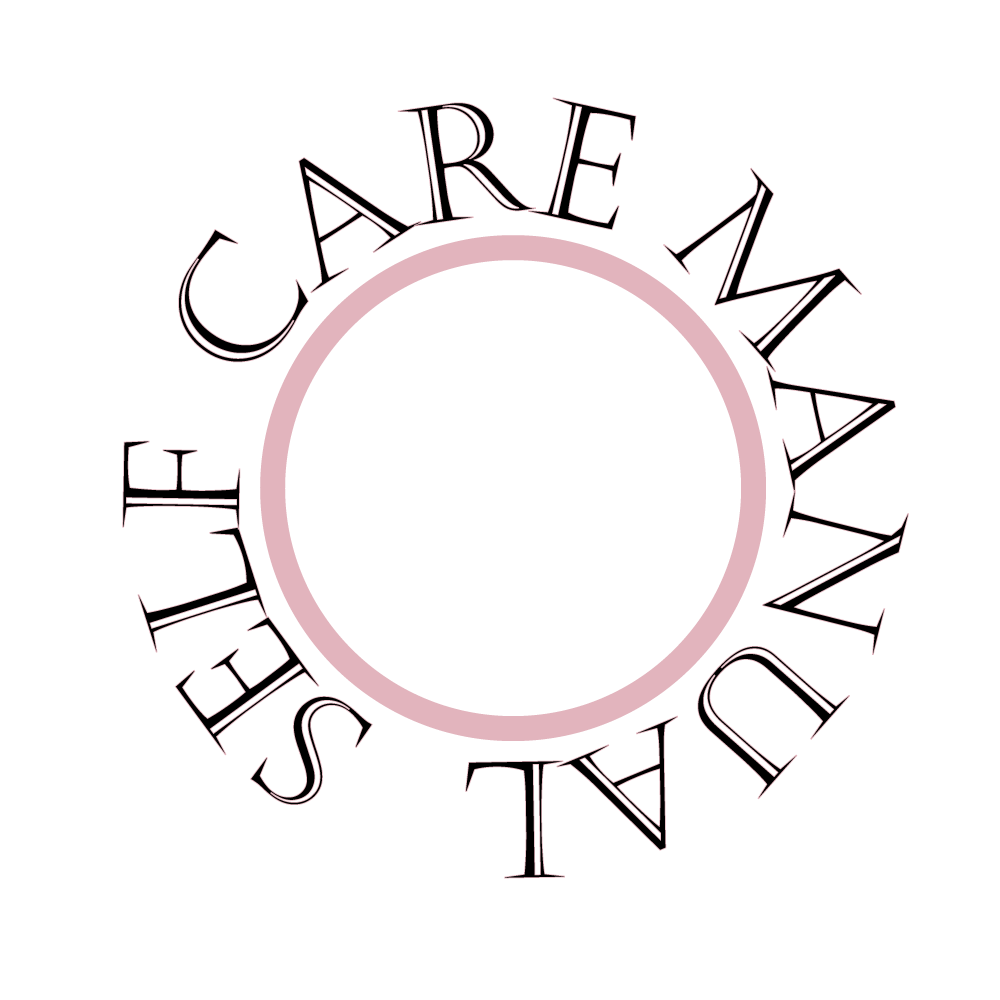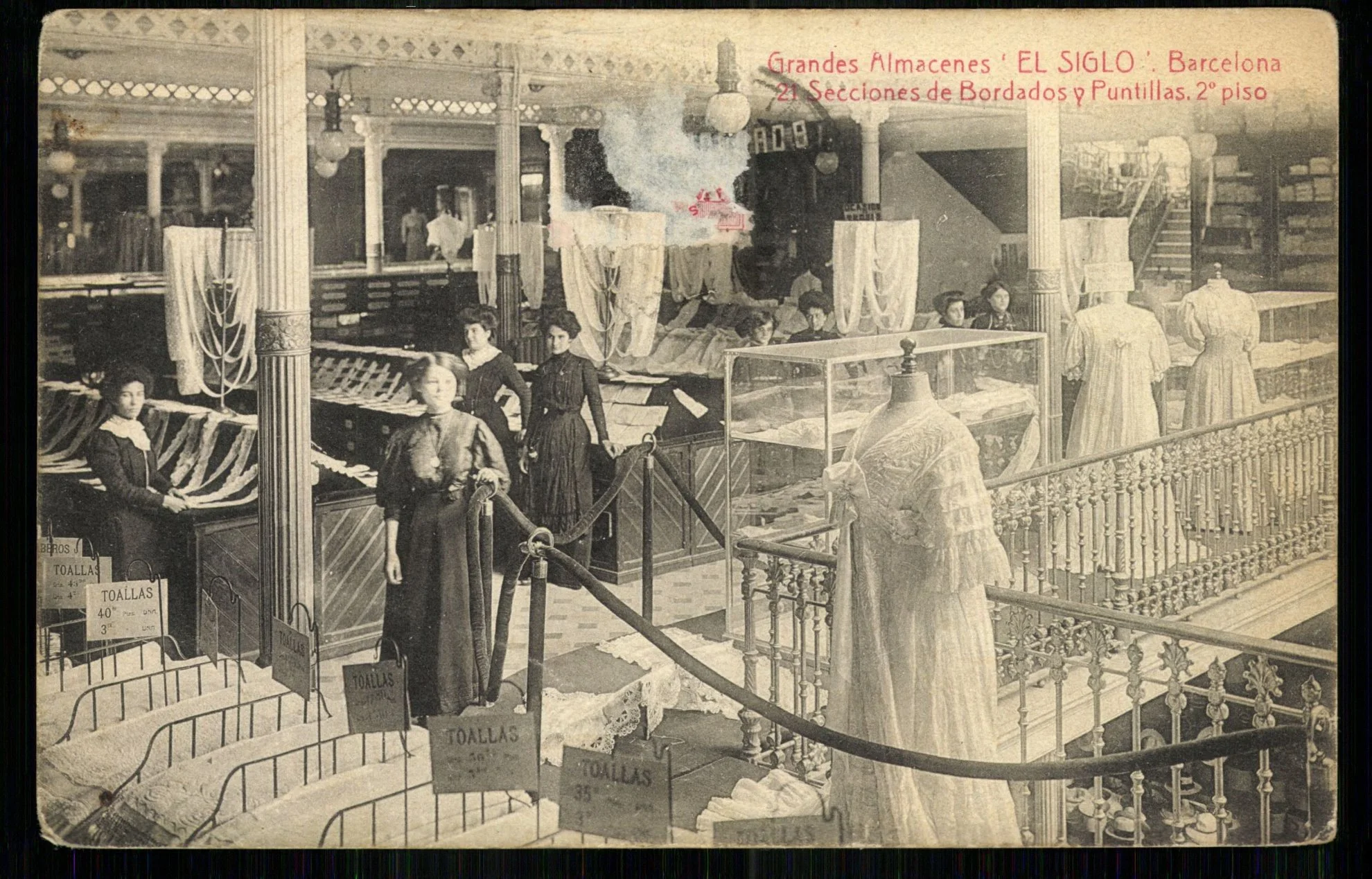Stylish VS Fashionable - Why Personal Style Trumps Fashion Trends Every Time
While the terms ‘stylish’ and ‘fashionable’ are often used interchangeably, they represent distinct concepts that shape our relationship with clothing and personal identity.
At its core, style is deeply personal—an outward expression of one's individuality, values, and personality. It transcends fleeting trends and fads, embodying a timeless elegance that speaks to the essence of who we are. Style is not bound by the dictates of designers or the whims of the runway; rather, it is a reflection of our unique tastes, preferences, and experiences.
In contrast, fashion is an art form—a dynamic and ever-changing entity that captivates and inspires with each passing season. It is the product of creative visionaries who push boundaries, challenge conventions, and redefine the boundaries of aesthetic expression. Fashion delights in the ephemeral, constantly reinventing itself to captivate and enthrall audiences around the world.
A Brief History of Style and Fashion
From ancient civilizations to modern-day couture, the evolution of fashion is a testament to humanity's creativity, innovation, and ever-changing tastes.
In ancient civilizations like Egypt and Mesopotamia, clothing was not only a practical necessity but also a symbol of social status and identity. Intricately woven textiles, luxurious fabrics, and elaborate adornments adorned the elite, while simpler garments were worn by the masses.
The Middle Ages witnessed the emergence of sumptuous courtly fashion, characterized by opulent fabrics, intricate embroidery, and exaggerated silhouettes. Royal courts became epicenters of sartorial extravagance, where elaborate ceremonies and lavish feasts showcased the elite's wealth and power.
The Renaissance era brought a revival of classical aesthetics, with a focus on proportion, balance, and harmony in fashion design. Rich velvets, brocades, and silks adorned the aristocracy, while the burgeoning merchant class embraced more understated elegance and refinement.
The Industrial Revolution transformed fashion production, ushering in an era of mass manufacturing and ready-to-wear clothing. The Victorian era saw the rise of department stores, fashion magazines, and couture houses, democratizing fashion and making it more accessible to the masses.
The 20th century witnessed a series of fashion revolutions, from the daring flapper dresses of the Roaring Twenties to the minimalist chic of the 1960s and the eclectic mix of styles in the present day. Each decade brought its own fashion trends, influenced by cultural movements, technological advancements, and societal shifts.
Today, fashion continues to evolve at a rapid pace, shaped by globalization, technology, and changing consumer preferences. From haute couture runways to street style fashion, the diversity and creativity of contemporary fashion reflect our world.
The Rise of Department Stores and the Evolution of Fashion
The emergence of department stores marked a pivotal shift in the fashion landscape, transforming the way people shopped for clothing and revolutionizing the concept of ready-to-wear fashion. These sprawling emporiums were designed to bring together a wide array of goods under one roof, offering customers unparalleled convenience and choice.
More than just retail outlets, department stores became bustling hubs of social activity, with amenities like tea rooms, lunch counters, and comfortable seating areas designed to enhance the shopping experience. For urban and middle-class women in particular, shopping outings became a cherished pastime—a chance to socialize, see and be seen, and indulge in the latest fashions.
One of the most significant changes brought about by department stores was the rise of ready-to-wear fashion.
Unlike the bespoke garments of previous eras, which were tailored to individual measurements by seamstresses or milliners, ready-made fashions offered off-the-rack convenience and instant gratification.
Trying on these ready-made garments became a delightful experience, as shoppers reveled in the opportunity to explore the latest styles and trends at a much lower price.
With the rise of department stores, fashion became more accessible to the middle class. Instead of just the wealthy having access to stylish clothing, now more people could afford a variety of options. This meant that middle-class folks could finally expand their wardrobes and try out different styles without spending too much.
Embracing Personal Style Over Fashion Trends
From fast fashion's environmental footprint to the exploitation of labor in the garment industry, the true cost of keeping up with the latest trends is becoming increasingly apparent.
By investing in quality pieces that align with our personal aesthetics, we can build a wardrobe that stands the test of time, reducing our reliance on disposable fashion and minimizing our environmental impact.
Beyond sustainability, embracing personal style offers a host of benefits, from financial savings to emotional well-being. Instead of constantly chasing the next big trend, focusing on personal style allows us to curate a wardrobe that truly reflects who we are.
Moreover, personal style is empowering—it's about embracing what makes us feel beautiful, confident, and authentic. By listening to our intuition and trusting our instincts, we can cultivate a style that is uniquely our own, free from the constraints of fleeting trends and societal expectations.
In essence, the shift from following fashion trends to embracing personal style is not just a sartorial choice—it's a statement of intention, a commitment to sustainability, and a celebration of self-expression.
Building Your Personal Style: Three Essential Tips
Invest in Versatility: When curating your wardrobe, prioritize pieces that offer versatility and longevity. Avoid the temptation to splurge on items that are only suitable for a single occasion or event. Instead, opt for timeless staples that can be dressed up or down to suit a variety of occasions. By focusing on pieces that seamlessly integrate into your everyday life, you'll maximize wearability and get more mileage out of your wardrobe.
Embrace Authenticity: When shopping for new additions to your wardrobe, trust your instincts and avoid pieces that feel like costumes or disguises. Personal style is about expressing your authentic self, so it's essential to choose pieces that resonate with your unique tastes and preferences. Whether it's a vibrant print, a classic silhouette, or a quirky accessory, opt for items that make you feel confident, comfortable, and true to yourself.
Organize and Edit: Take the time to assess your current wardrobe and declutter items that no longer align with your personal style or lifestyle. Knowing what you have in your closet is key to building a cohesive and functional wardrobe. Keep your closet organized and easily accessible, making it effortless to mix and match pieces and create stylish outfits. Regularly edit your wardrobe to remove items that no longer serve you, allowing space for new additions that better reflect your evolving personal style. By maintaining a curated and organized closet, you'll streamline your morning routine and ensure that every piece in your wardrobe brings you joy and confidence.
Finding Inspiration for Your Personal Style
Finding inspiration for your personal style is a journey of self-discovery, creativity, and exploration. From music and movies to books and art, inspiration can be found in the most unexpected places, helping you to cultivate a style that is uniquely your own. Here are some sources of inspiration to consider:
Music and Movies: Music and movies have long been sources of inspiration for fashion and style. Whether it's the iconic looks of your favorite musicians or the timeless elegance of classic films, music and movies offer a wealth of inspiration for your personal style. Pay attention to the aesthetics and fashion choices of your favorite artists and characters, and draw inspiration from their unique sense of style.
For example, I’ve always been really into the way George Harrison dressed. No matter the decade, or the occasion he had an air of coolness. I mean, look at him - that is a pretty cool color combo.
2. Books and Art: Literature and art are rich sources of inspiration for fashion and style. From the pages of classic novels to the brushstrokes of masterpieces, books and art offer endless possibilities for creative expression. Look to your favorite authors and artists for inspiration, and consider how their works can influence your personal style.
For example, take a look at this Gustav Klimt painting. The cool tones dancing with that bit of gold below, the silky feel - just feels effortless on the model.
And, you probably have a similar kimono wrap in your closet that you can pair with something simple, and feel as fabulous as her (a hundred or some years later).
3. Friends and Street Style: Your friends and the people you see on the street can also serve as sources of inspiration for your personal style. Pay attention to the fashion choices of those around you, and take note of styles and trends that resonate with you. Don't be afraid to experiment with different looks and styles, and draw inspiration from the diverse range of fashion you encounter in your everyday life.
If you’re looking for some street style inspiration The Sartorialist is always a great option. It’s run by Scott Schuman, a great street-style photographer who’s been active for years (well before it was cool to do these kinds of photos).
Ultimately, finding inspiration for your personal style is about embracing your unique tastes, preferences, and experiences.
Look to the world around you for inspiration, and trust your instincts. Whether it's the music you listen to, the movies you watch, or the people you meet, let your personal style be a reflection of your individuality.






The ‘70s are back. I’m honestly really happy about that because, for a while, it looked like Y2K took over everything (and I’m too old to wear low-rise jeans).